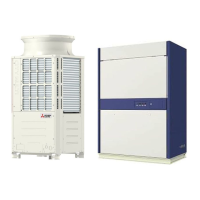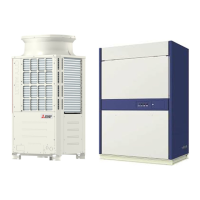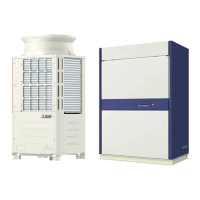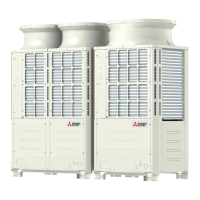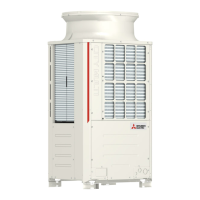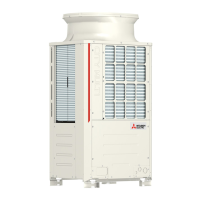How to fix serial communication error on Mitsubishi Electric Air Conditioner?
- NnicholasperezSep 8, 2025
If you are experiencing a serial communication error with your Mitsubishi Electric Air Conditioner, check the communication connections and reset the system.


